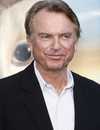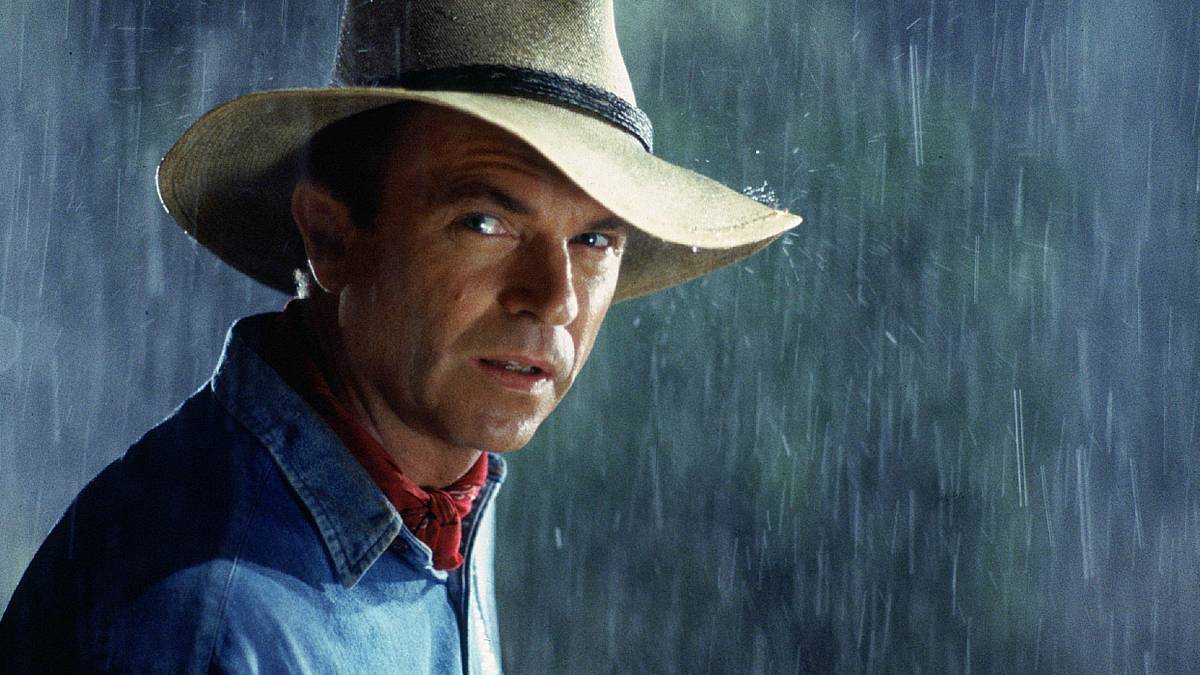Steven Spielberg’s first and best creature feature will always be 1975’s Jaws, but 1993’s Jurassic Park comes pretty close. Although it wasn’t the first iconic dinosaur movie — that honor belongs to The Land Before Time — the Jurassic Park and Jurassic World franchises are arguably the most famous. Masterfully realistic depictions of extinct reptiles, a thrilling score by John Williams, and the first installment’s overarching sense of awe have ensured the eternal presence of Jurassic Park in the annals of pop culture. On the other hand, many fans have noticed a notable decline in quality with the sequels compared to the original movie.
With that said, it’s not as if Jurassic Park has aged flawlessly over the 30+ years — despite the fandom’s hopes and expectations, the 1993 creature feature has begun to show a few cracks that don’t really make sense in 2025. Overall, Jurassic Park remains a shining example of cinema, overshadowing every other dino movie that has come before or since. It’s as exciting and powerful today as it was upon release, but that doesn’t excuse the film from criticism. Modern viewers have experienced radical enhancements in filmmaking technology, and certain tropes have become worse for wear.
Jurassic Park’s Extinct Animal Science Is Overly Optimistic

Mr. DNA demonstrates the cloning process and how they utilized frog DNA in Jurassic Park.Image via Universal Pictures
The premise that extinct animals that lived millions of years ago could once again walk the Earth is not new. In fact, Arthur Conan Doyle’s 1912 novel The Lost World featured a variety of dinosaurs that supposedly still roamed the Amazon Basin. Jurassic Park introduced a new concept by introducing cloning technology, a unique idea at the time. The first cloned mammal, Dolly the sheep, wouldn’t be born until three years after the movie. As such, it felt like a credible dynamic between cutting-edge science and Spielberg’s visionary filmmaking.
Upon retrospective analysis, however, Jurassic Park’s science is both simplistic and wrong. Extracting dino DNA from an ancient mosquito is theoretically possible, but the half-life of DNA means that researchers would only get access to small fragments of the dinosaur’s genome. Today, tools like CRISPR are being touted as the latest in cloning, potentially capable of modifying humans on a genetic level. The scientific optimism of Jurassic Park clearly bit off more than it could chew, and now comes across as simultaneously impossible and deeply misguided.
Jurassic Park’s Framework of Morality Is Far Too Simplistic
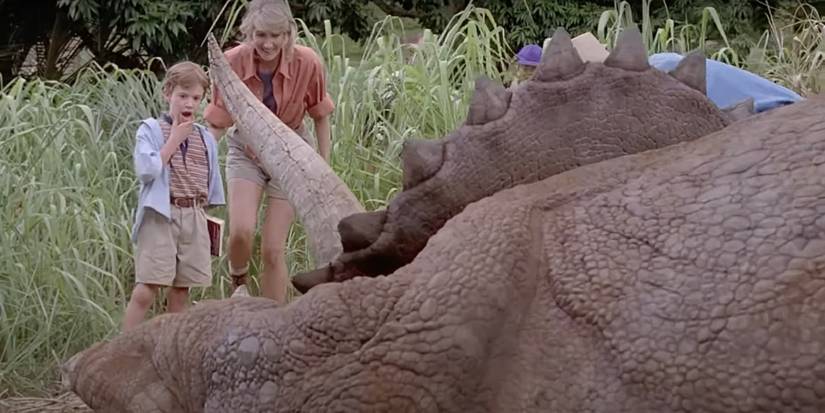
Joseph Mazzello as Tim Murphy and Laura Dern as Ellie Sattler look at triceratops in Jurassic ParkImage via Universal Pictures
Audiences have long since grown out of their need for binary values in cinema, especially when it comes to morality. There is no definable good or evil in the world, as everything is a matter of perspective. Jurassic Park’s moral compass is rather neatly organized, effectively comparing the goodness of nature to the greed of humanity. And while this concept makes sense even today, the movie failed to highlight the ramifications of its premise. There’s a lot more to discuss about Jurassic Park than its cinematic splendor, particularly the intersections of capitalism and science.
And while Dr. Alan Grant and Dr. Ellie Sattler become moral victors for respecting nature, they were automatically complicit in accepting John Hammond’s invitation to Jurassic Park. Some of the more minor characters, like the sleazy lawyer who’s punished for his cowardice by the T. rex, come across as cartoonish exaggerations of corporate attitudes. It’s certainly delightful to watch him get eaten, but the point is also unnecessarily blunt. Ambiguity on every level is what today’s audience desires, making Jurassic Park’s moral straightforwardness feel out of date.
John Hammond’s Visionary Billionaire Archetype Wouldn’t Fly Today
.jpg)
John Hammond (Richard Attenborough) stares sadly at his amber cane in Jurassic ParkImage via Universal Pictures
Richard Attenborough’s John Hammond embodies the pre-2020s fascination with the visionary billionaire, an individual who helps solve world problems with their vast resources. Figures like Bill Gates and Warren Buffett were idolized for spending their wealth on admittedly philanthropic concerns. Similarly, John Hammond was perceived as an eccentric dreamer whose moral failings were redeemed by his supposedly good intentions. In fact, many recent fans have been wondering if Hammond was actually the biggest villain in Jurassic Park.
Anything can be romanticized, including Hammond’s dream of resurrecting the dinosaurs, as long as one ignores the exploitative framework that undergirds any capitalistic endeavor. Employees lose their lives because of his actions, and the story peacefully absolves his guilt by forcing him to accept the failure of Jurassic Park. Recently, however, billionaires like Elon Musk and Mark Zuckerberg have left a bitter taste in the public’s mouth, revealing themselves to be egotistical tyrants whose financial motivations overshadow any claims to innovation. Today, Hammond wouldn’t be considered a mild-mannered grandfather with a brilliant dream.
Modern Action Fans May Not Enjoy the Slow Build-up
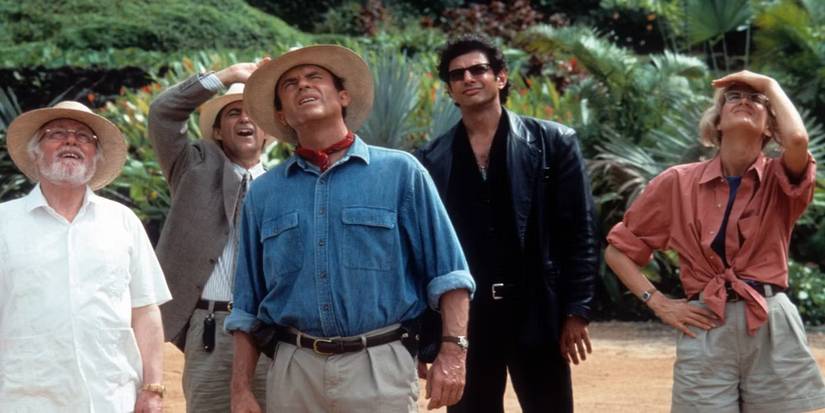
Jurassic Park’s Hammond, Sattler, Grant, and MalcolmImage via Universal Pictures
Steven Spielberg has always been masterful at pacing — the success of Jaws largely hinged on the shark’s secretive nature for much of the film. Jurassic Park follows a similar pattern, with scenes dedicated to exposition and build-up that may not work with modern attention spans. That’s not to say that audiences are somehow less intelligent today, only that they have been accustomed to MCU-style plot propulsions and explosive opening sequences. There is nobody at fault here — and yet, changing perceptions and expectations from new action movies make their predecessors feel slow by comparison.
Jurassic Park takes its time, slowly and methodically constructing its set pieces to establish the perfect narrative stage for the oncoming action. Moreover, this deliberate structure demands attention and reflection, features that are often irrelevant to the consumption of the latest blockbusters. Interestingly, recent franchise movies have begun to follow this trend, with the Jurassic World franchise being considerably faster-paced and moreaction-dense than the 1993 masterpiece. The oldest fans of Jurassic Park may never understand this problem, whereas newer fans may find the film relatively sluggish.
Dinosaurs Never Looked Like the Way They Do in Jurassic Park
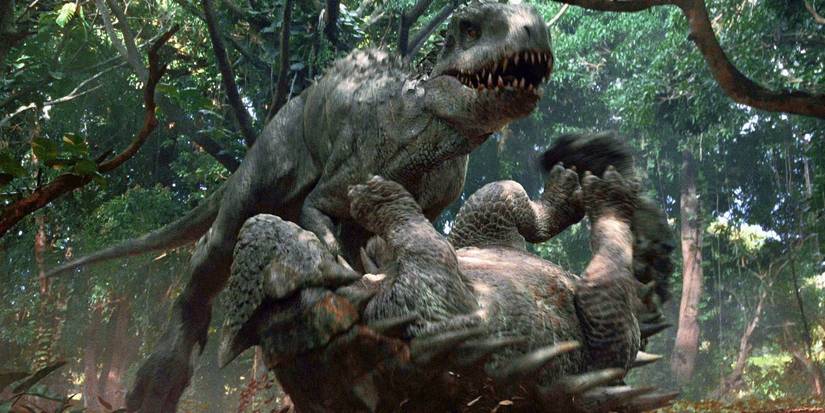
The Indominus Rex has flipped over the Ankylosaurus in Jurassic World.Image via Universal Studios
Jurassic Park’s dinosaurs were some of the most terrifying monsters put to film, and that’s including the entire Godzilla megafranchise. Paleontologist Jack Horner, who soon became the overall franchise’s scientific advisor, reportedly noted that “his job was to get a little science into Jurassic Park, but not to ruin it.” While the depiction of dinos helped change the perception that they weren’t monsters but just another kind of animal, the dinosaurs weren’t exactly the animals they were supposed to be. Spielberg insisted that “colorful dinosaurs are not very scary,” explaining why most of them have “gray and brown and black” hues.
The franchise could have fixed this problem with Jurassic World, as ongoing evidence suggested brilliant colors for dinosaur skin. Dinosaurs like the T. rex and the Velociraptor, nightmares that plagued an entire generation, neither behaved nor looked like they did in Jurassic Park. As the direct ancestors to birds, they were almost certainly covered in feathers, and not just a few stray ones, as shown in Jurassic Park III and subsequent movies. And then there’s the biggest issue: acoustic researchers believe that dinosaurs didn’t roar, but probably sang like birds. Despite the franchise’s attempt at visual continuity, all these problems paint the first installment as woefully outdated.
The Ethics of Cloning Hit Completely Different in the 21st Century

Cartoon character of Mr. DNA from Jurassic ParkImage via Universal Pictures
Not a single animal had been successfully cloned until Dolly’s birth in 1997, so Jurassic Park’s cloning was completely theoretical. It formed the ideal basis for a science fiction movie, which could rely on the suspension of disbelief and fill in any scientific gaps by invoking literary license. That said, Dolly changed the conversation on cloning forever. The bioethical consequences of such a dangerous technique became just as prevalent as the awe itself, transforming from something abstract into a concrete concern about how humanity treats the world we were born into.
Jurassic Park’s cloning can be interpreted as a metaphor for human arrogance, the so-called need to play god, but modern audiences see deeper implications. Is it even ethical to resurrect a species, let alone an entire biosphere, and trap these hapless creatures in a world not designed for their biology? For all its many faults, Jurassic World Rebirth briefly explores this quandary by revealing the existence of a mutant dinosaur, the perfectly named Distortus rex —a hybrid monster that couldn’t possibly be a clearer argument against rampant cloning. People today are aware of just how dangerous and problematic it can be.
The Ecological Subtexts of Jurassic Park Feel Shallow

Jeff Goldblum as Ian Malcolm in Jurassic ParkImage via Universal Pictures
Jurassic Park makes many vague gestures toward environmental wisdom without any real commitment. The idea that nature must roam free sounds narratively profound as a plot device, but it is not as compelling as an ecological philosophy. It might be unfair to criticize the film for failing to perfectly capture the environmental subtexts, especially given that eco-consciousness wasn’t on anyone’s radar at the time. On the other hand, being painfully aware of climate change, global warming, and the mass extinctions of species has embittered modern audiences against overly superficial fiction, and rightfully so.
Nature in Jurassic Park serves as a model for chaos, with the dinosaurs representing the dangerous claws of the system. However, they are not adversaries; they are species that have been forcibly displaced by human interference. Dr. Malcolm’s “Life finds a way” quote doesn’t examine habitat disequilibrium, human overconsumption, or systemic exploitation. Compared to films like Annihilation and Okja, it feels as though Jurassic Park didn’t even bother to investigate the existential dangers of humanity entangling with nature. If Jurassic Park had actually existed in real life, the dinosaurs could have become apex predators or spread civilization-ending infections capable of ending the real world. Meanwhile, the film’s ecological failure is neatly attributed to Hammond’s folly, thereby redeeming him for creating an unsustainable system.
Sequel Saturation Has Dimmed the Original Movie’s Brilliance
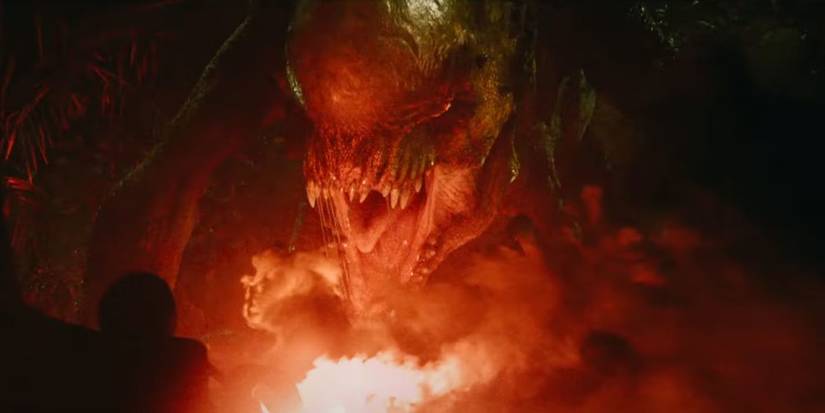
Kinkaid (Mahershala Ali) tries to distract the Distortus Rex in Jurassic World Rebirth.Image via Universal Pictures
Franchise fatigue has afflicted countless works of media. While fans might think their favorite movies will always be beloved, later viewers could easily have different opinions. In addition to resurrecting a franchise that should have remained dead — like the dinosaurs themselves — the powers-that-be choose to keep capitalizing on Jurassic Park’s success and popularity. Despite its occasional brilliance, Jurassic World was a breath of stale air that couldn’t possibly compete with the original’s enduring quality. And yet, that doesn’t seem to have stopped the second franchise from earning billions of box office dollars.
At this point, it’s practically impossible for brand-new viewers to experience the OG Jurassic Park without taking the whole franchise into account. The inexplicable thrill of hearing the T. rex for the first time, the ripples of water as it lumbers closer and closer to the scene, pales in comparison to the violent dino fights in subsequent movies. The jeep chase sequence, the wonder of feeding the beautiful herbivores, the flashlight on the T. rex’s eye, and other delightful scenes wouldn’t feel as innovative or impactful anymore. Overexposure is already causing saturation, and cinema needs to steer away from this problem by inventing something new.
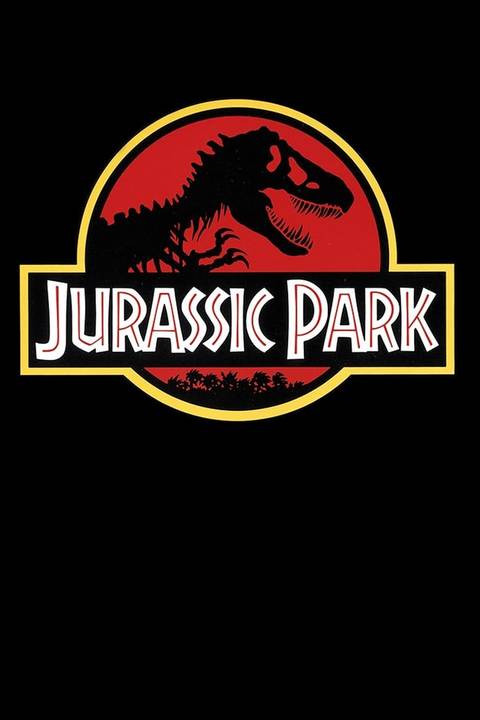
Release Date
June 11, 1993
Runtime
127 minutes
Director
Steven Spielberg
Writers
Michael Crichton, David Koepp
Producers
Gerald R. Molen
